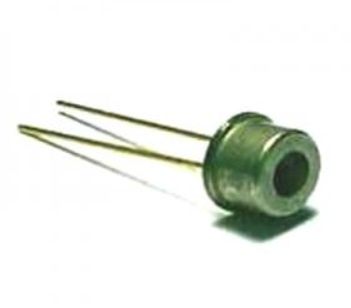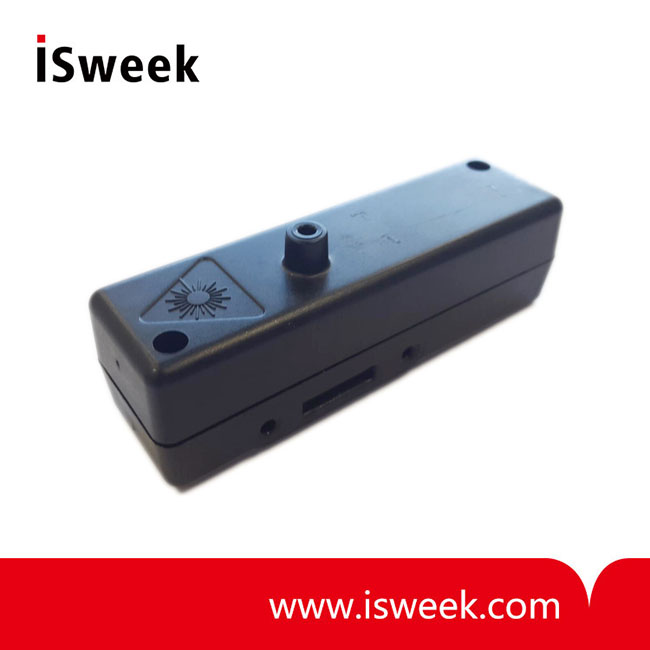UV sterilizing lamp is actually a kind of low pressure mercury lamp. It activates low pressure (<10-2Pa) mercury vapor to emit UV light. The spectral lines are mainly of 253.7nm and 185nm, which are both invisible.
Applications of UV sterilizing lamps
1. Surface Sterilization:
Surface sterilization requires the surface to be clean and smooth enough so that the surface can be completely irradiated. If the matter surface is tough, exposure time should be prolonged on two sides of it. Applications include sterilization of household floor, table surface and vacuum packaging of foods.
2. Water Sterilization:
UV lamps can only be used on transparent water, since its function will be affected in turbid liquid. Do remember not to dip the modulator tube in the liquid, and the depth of water must be no more than 2cm. The light intensity should be over water 90000uw/cm2 to be effective to sterilize the water.
3. AirSterilization:
UV lamps can be used in family rooms, hospital wards and laboratories for air sterilization as they can change the genetic materials of living organism to kill the bacteria in the air.
4. Food Sterilization:
UV eliminates bacteria in micro organism to stabilize food quality, so as to prolong its expiration date.
UV ray is capable of penetrating cells and kill them, so be careful do not let it directly irradiate on human skin, especially on eyes. Do not stare at UV lamp directly with naked eyes, but with glasses it is OK, since that shortwave UV cannot penetrate glass. Generally, even if eyes are burned by UV, the consequence will be no worse than sunburn, and severe cases can be solved by dropping eyewash or human milk. Also, do not use ozone lamps, as high concentration of ozone can be poisonous.
UV sterilizers can be widely applied in schools, hospitals, nurseries, cinemas, buses, offices and families. They can purify the air, eliminate musty taste and also generate negative oxygen ion. That’s why air in UV sterilized rooms are specially fresh. In public space, UV sterilizers can effectively prevent bacteria diffusion via air or matter surfaces.
UV sterilizing sensors are of high stability and long service life of 9000 hours. Its light transmittance is as high as 87% through quartz glass tube, and illumination intensity keeps steadily at 253.7m. If the lamp is broken, sound-light alarm will take place to remind people.
The UV sterilizers are made of 304L or 316L stainless steel, the main body of the sensor is polished inside and outside to improve UV irradiation intensity, so as to ensure that the bacteria are completely eliminated.
Now we ISWeek would like to introduce two types of UV sensors used in sterilization applications.
The first one is GUVV-T10GD produced by Korean company Genicom.
Its chip is as small as 0.4mm, made of InGaN material and TO-46 packaged. It operates in photovoltaic mode with high response and low dark current. This product can be applied in monitor on entire UV waveband, UV lamp monitor on UVA waveband and sterilizer monitoring.
The other one is GUVC-T10GD UV sensor.
Its chip is as small as 0.4mm, made of AlGaN material and TO-46 packaged. It operates in photovoltaic mode with high response, low dark current and nice solar blindness. It can be applied in measurement and control of UV intensity, UV index measurement, outdoor UV index measurement equipment. It can also be used in UV sterilization, UV curing and flame detectors.







